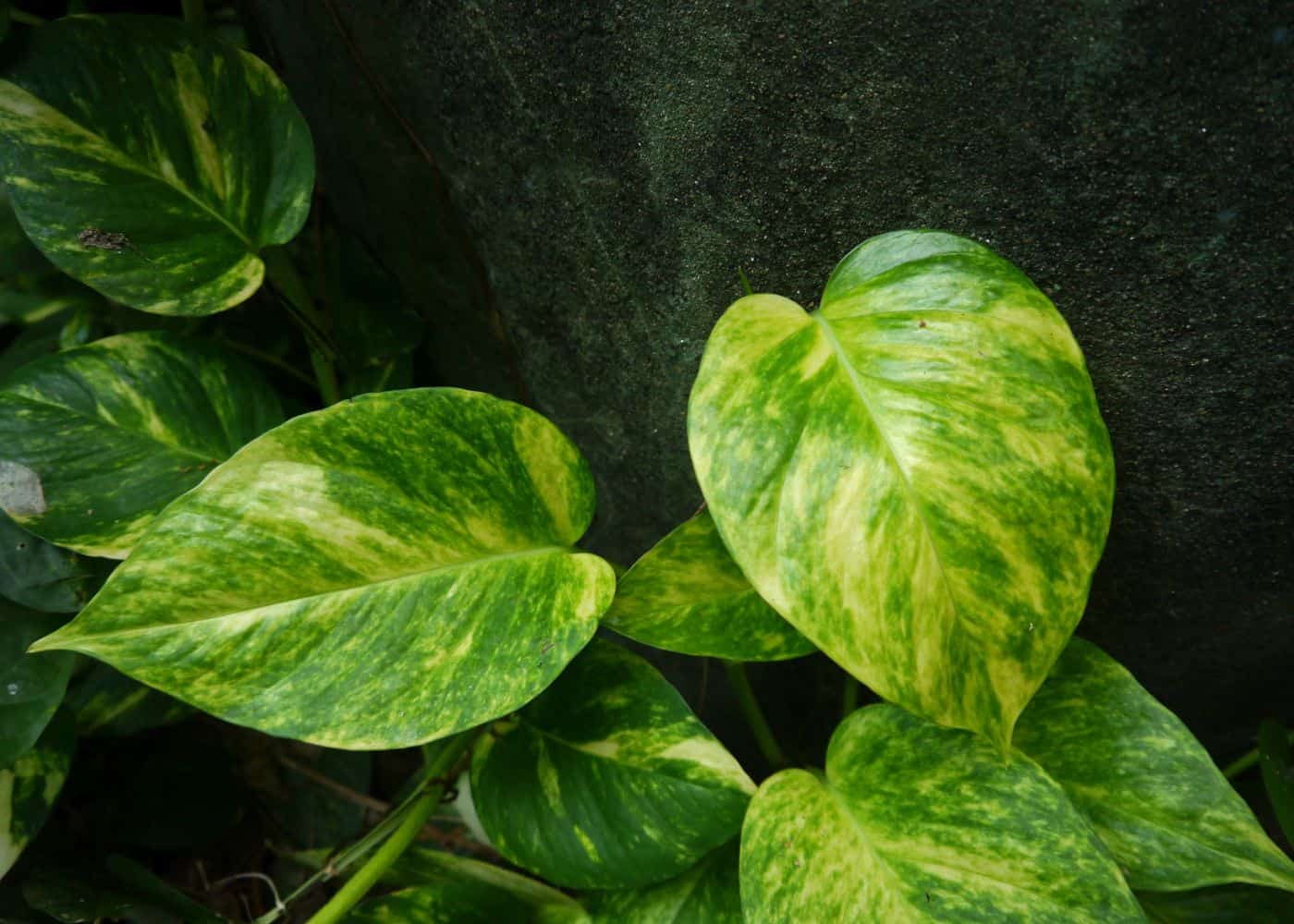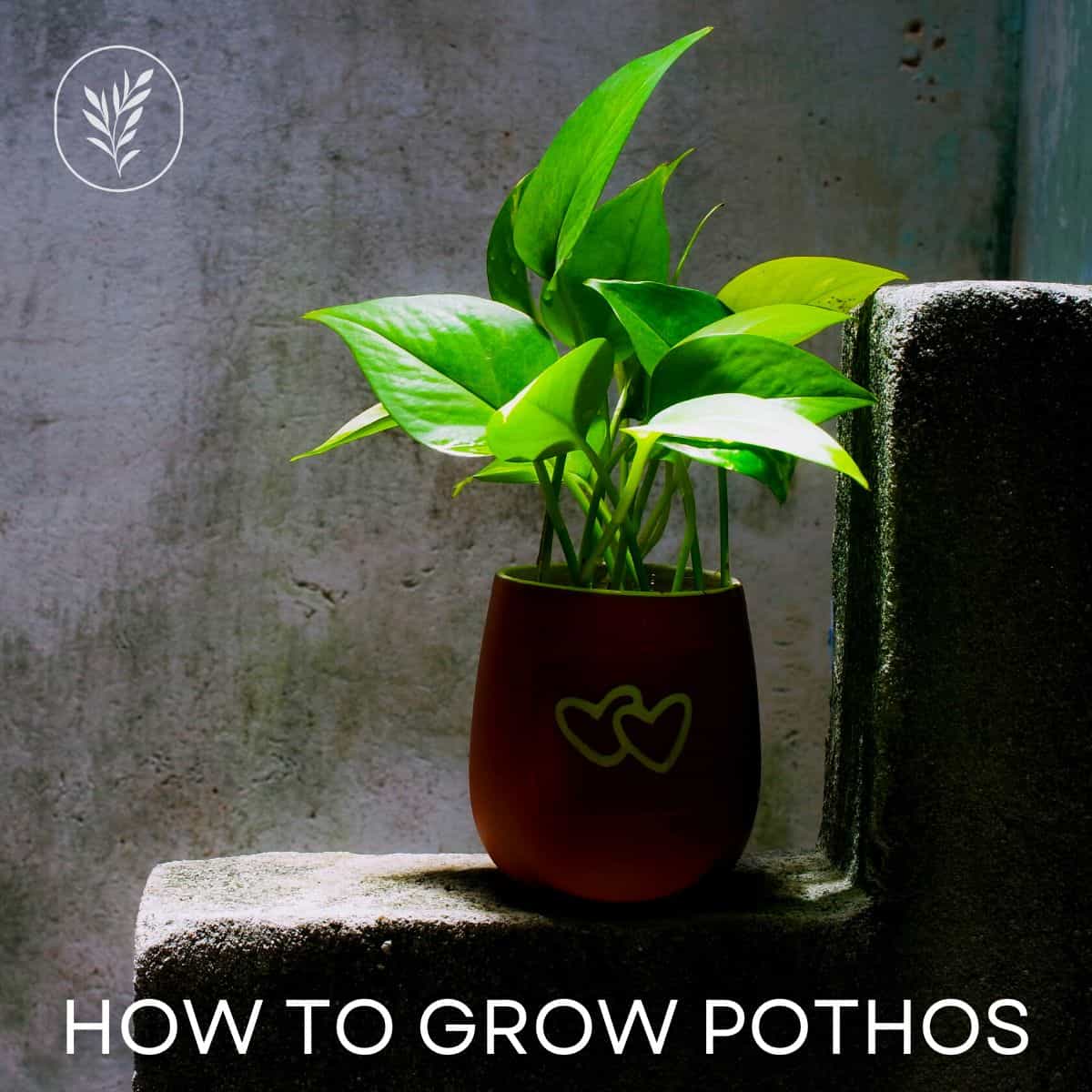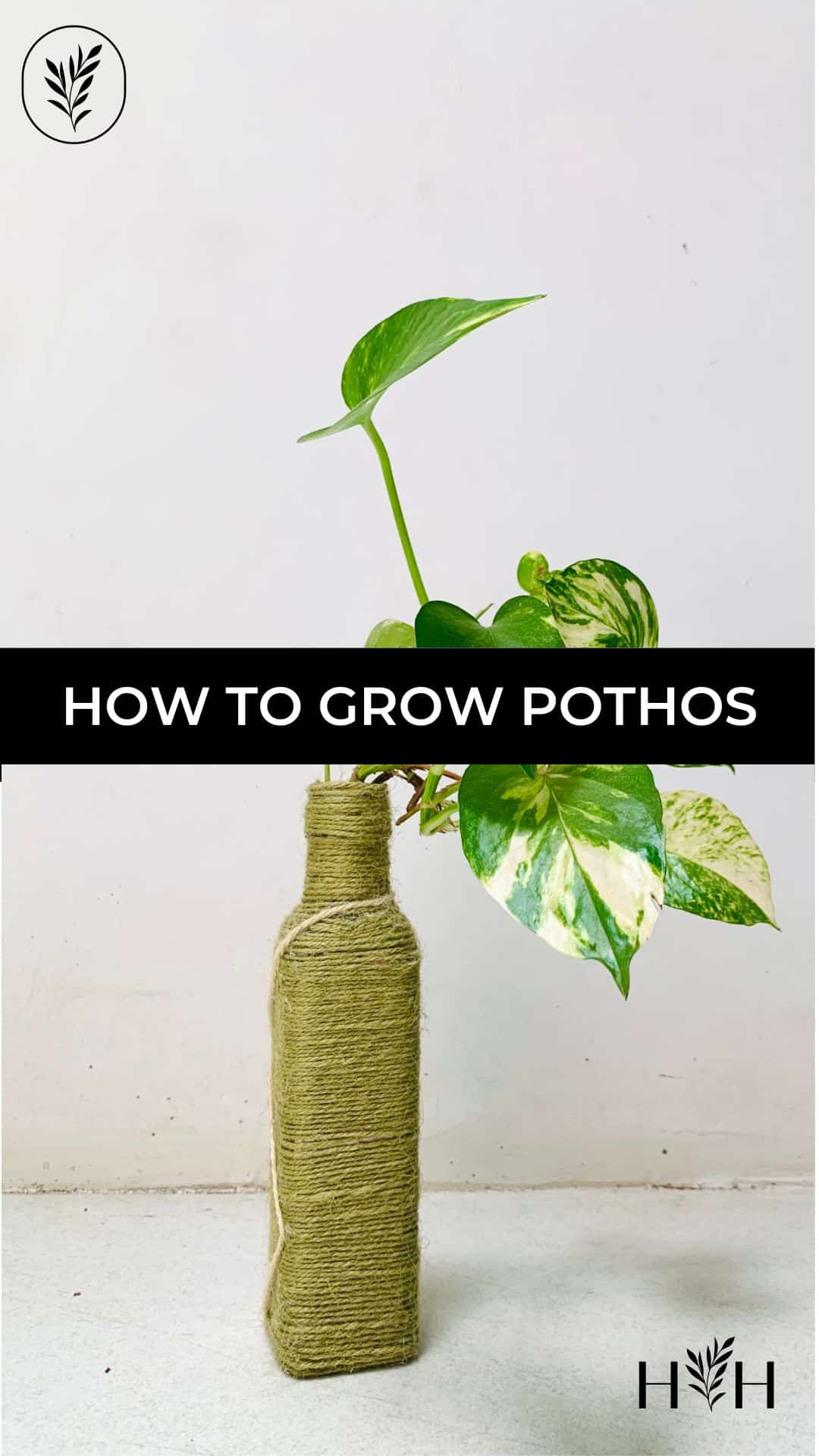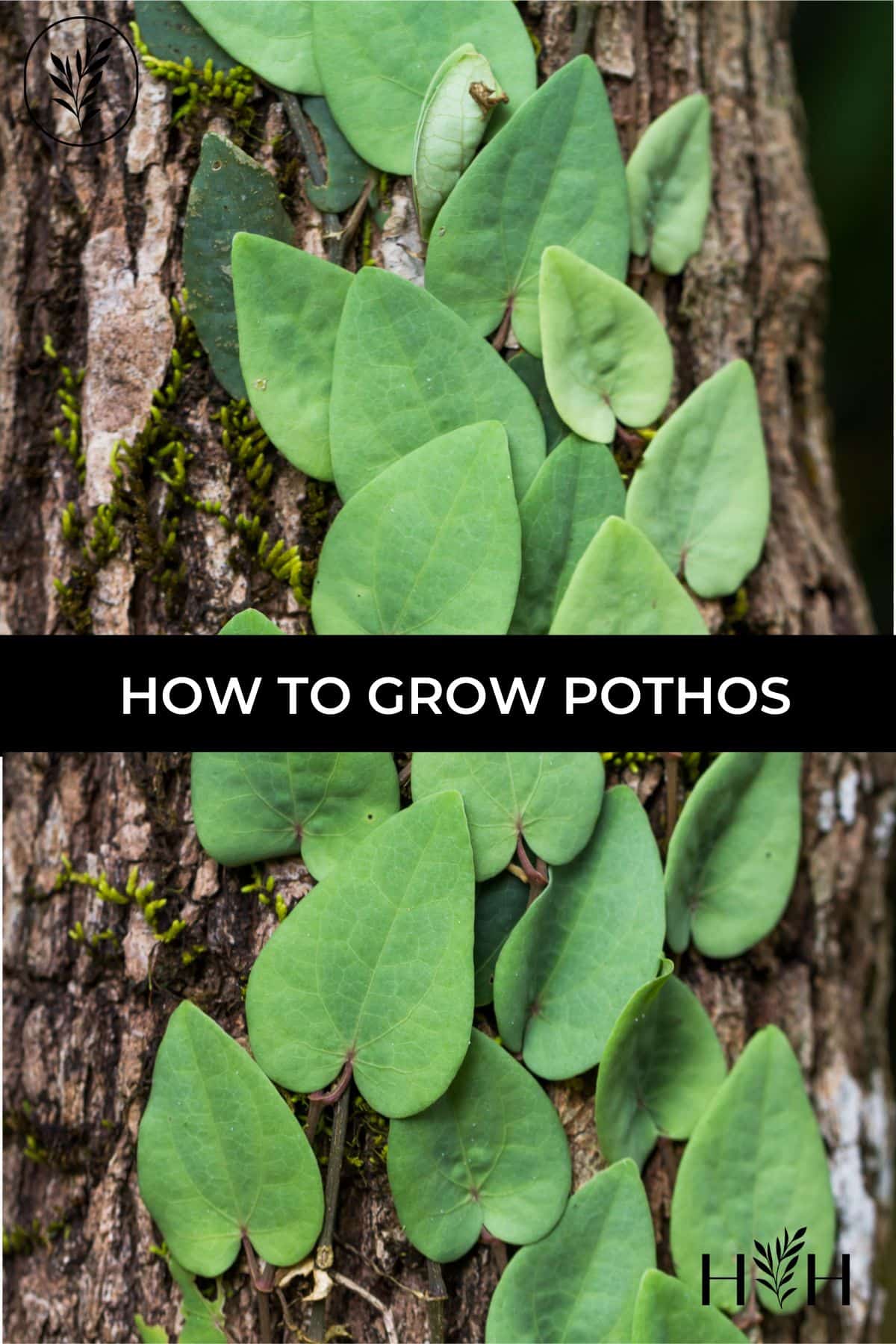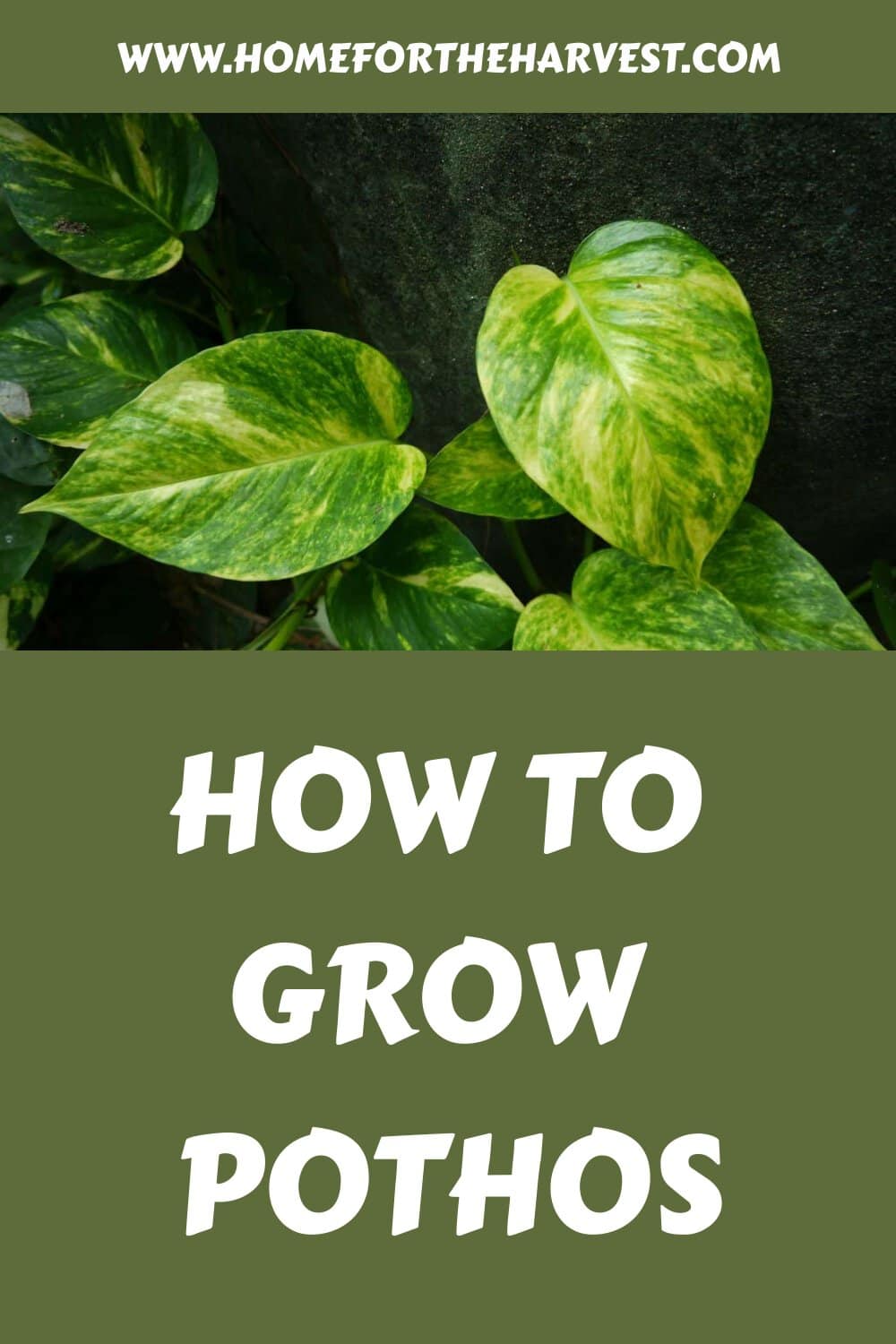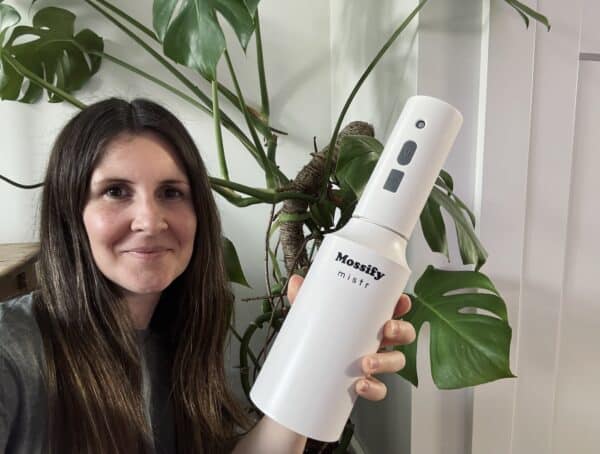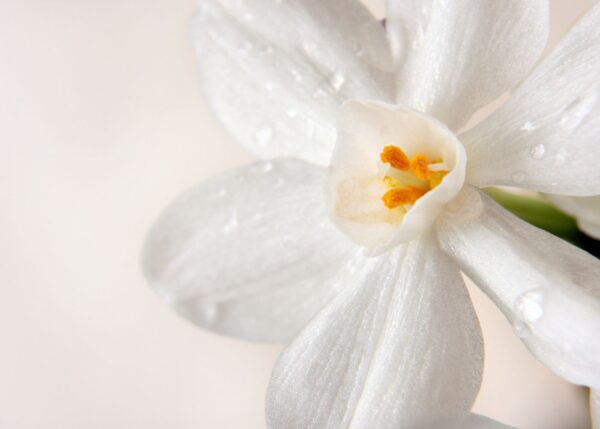An easy-care indoor plant collection is incomplete without a pothos. These tropical vines, known for their flecked foliage and tolerance of neglect, are great for both beginners and experienced plant parents. If you don’t yet know how to grow pothos, you’ll be pleasantly surprised at how easy it is.
Pothos (Epipremnum aureum) has several cultivars to choose from, with many sporting interesting variegation patterns that make them incredibly sought-after. They grow best in bright indirect light but tolerate low light well, except for highly variegated cultivars that need more sun to produce new leaf and stem growth.
They prefer consistently moist soil but handle the occasional missed watering well. Feed every two months with a balanced fertilizer and prune often to promote new growth. Don’t forget to use those cuttings when propagating to grow more of these wonderful plants.
About pothos
If you take a look at any low-maintenance, almost impossible-to-kill plant list, pothos will likely appear at the top. This houseplant is famous worldwide for its ease of growth, tolerating plenty of neglect. This is a great choice if you’re a beginner interested in growing houseplants for the first time.
Scientifically, it is known as Epipremnum aureum, a member of the Araceae family. It is believed to be native to the islands of French Polynesia but has spread to several tropical regions worldwide. In some areas, they are even classified as invasive, smothering native plants and climbing trees.
If you see them in their native habitats, you may not realize you’re looking at a pothos at all. The vines and leaves grow much larger outdoors than they do indoors. But since they are not cold tolerant and aren’t allowed to be planted outdoors in several regions, growing them indoors is the safest option.
Pothos has many other common names. Devil’s ivy is one of the most well-known because of the plant’s ability to spread and the difficulty of removal once it is established. In some regions, they are also known as money plants, used in Feng Shui to bring luck and financial prosperity to their owners.
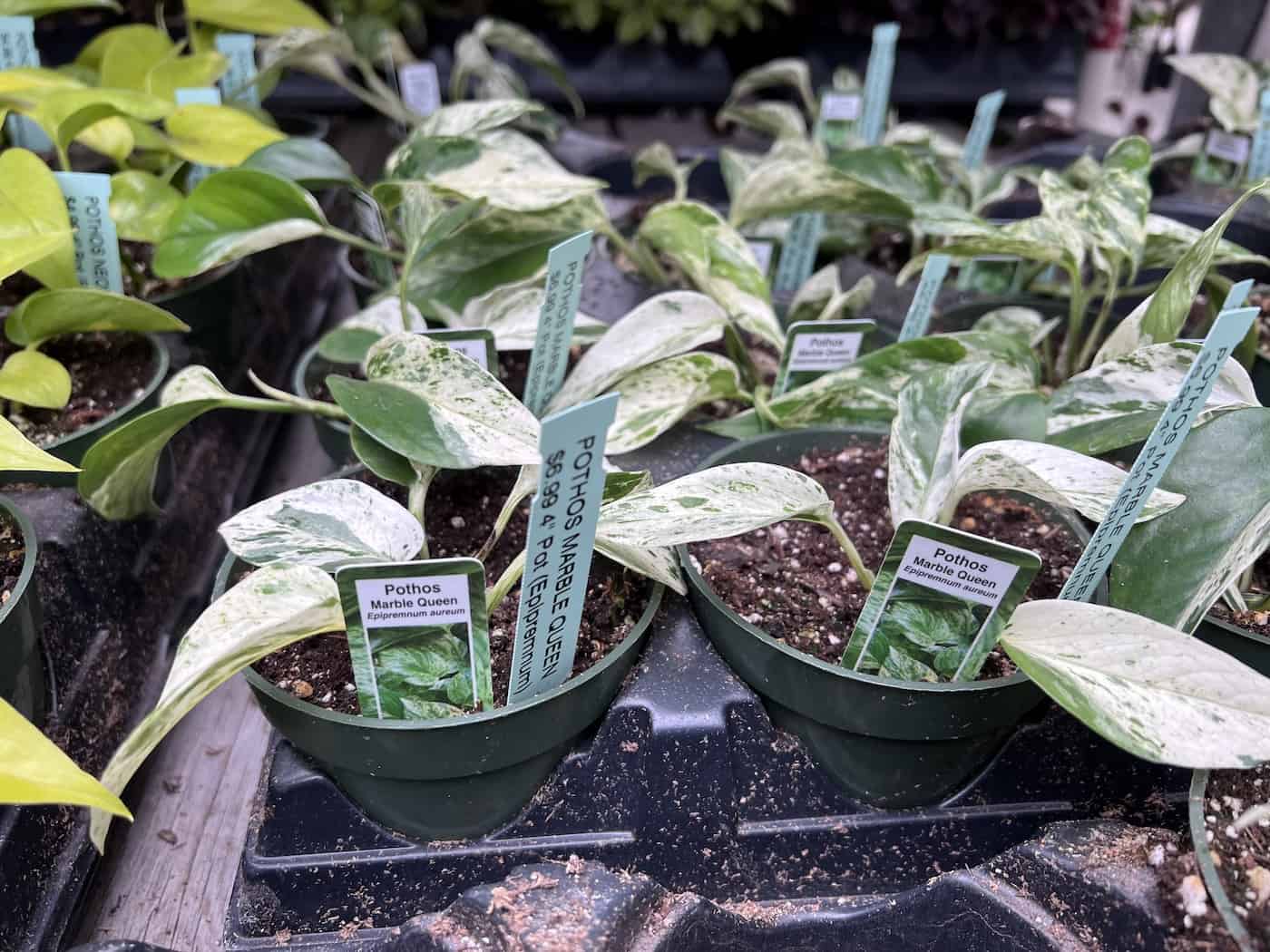
Pothos varieties
One of the other reasons why pothos are so popular (beyond their ease of care) is the many different varieties to choose from. These cultivars come with unique variegation patterns, making them wonderful collector items for houseplant lovers.
Some are tougher to find than others, depending on rarity, so check online marketplaces if you can’t find the type you’re looking for.
- Golden: The original pothos with flecks of gold variegation across the leaves.
- Marble Queen: One of the most popular variegated pothos with bright white flecks of variegation.
- Jade: A muted pothos with deep green leaves and no variegation patterns.
- Neon: Another pothos without variegation patterns but with much brighter green leaves that look almost luminous in bright light.
- N’Joy: One of the more recent cultivars with smaller leaves and much larger patches of white variegation.
How to care for pothos
The original pothos species is incredibly tough, adapting well to a wide range of environmental conditions and tolerating neglect well. If you have one of the highly variegated cultivars, you will need to be a little more careful, but they will still prove easy to grow under the right conditions.
Light
In their native habitats, pothos plants can be found growing up tree trunks or along forest floors. Here, they receive dappled shade throughout the day through the tree canopy above. Matching this light level indoors will deliver the best possible growth.
Aim to place your pothos in bright indirect light for most of the day. They can handle some gentle direct sun, but the leaves will become scorched if exposed to intense midday sun for too long. They are also known for handling low-light areas well, although they won’t put out many new leaves in these conditions.
If you have a variegated pothos, it’s best to avoid low light areas. Variegated patches lack chlorophyll, limiting photosynthesis rates. These pothos varieties need as much indirect light as they can get to grow well and maintain their color.
Water
Pothos vines and leaves hold onto quite a bit of water. Although they prefer consistent moisture to match what they are used to in the tropical rainforests they originally grow in, they can handle a missed watering or two well. If you forget to water more often than you’d like to admit, this is an ideal plant for you.
If you underwater your pothos, you’ll notice the leaves begin to wilt and curl inwards. Luckily, watering should revive them within a few hours. Overwatering is far more dangerous for these plants as it can lead to root rot that may ultimately kill the plant. Water when the top two inches of soil have dried out completely by testing with your finger.
Fertilizer
Their quick and often invasive growth will give you a clue as to how much fertilizer this plant needs.
Pothos can grow almost anywhere in any type of soil, including nutrient-poor soils. However, when growing in containers, the nutrients will slowly be absorbed by the roots and leached from the soil when watering over time. That’s why it’s important to fertilize your pothos if you want them to grow happily long-term.
Look for a balanced fertilizer with equal NPK values and some secondary and micronutrients. This will ensure your pothos has all it needs to not just survive, but thrive. I prefer to apply fertilizer at half strength once every 6-8 weeks to prevent overfertilizing.
Temperature and humidity
Pothos cannot tolerate cold temperatures. They love warmth and prefer temperatures around 80F or even higher throughout the year. Avoid placing them in front of cold windows or air conditioners that can damage the foliage and stunt growth.
These plants also love high humidity. But, as they are so adaptable, they should be happy in any humidity levels above 40%. For the strongest growth, aim for around 60% humidity or higher to match conditions in their native habitats.
Maintenance
If your pothos becomes leggy or unruly, pruning them back can promote dense new growth that makes the plant look bushy rather than stringy. Don’t forget to use any healthy cuttings you trim to propagate new pothos plants.
Pruning can also help manage pests and diseases. If you spot any problems, trimming them off with a sharp pair of shears will prevent the problem from spreading to the rest of your plant. This makes the issue much easier to completely eradicate.
Beyond the occasional trim, pothos is a wonderfully low-maintenance plant. The only other task you’ll need to keep in the back of your mind is repotting.
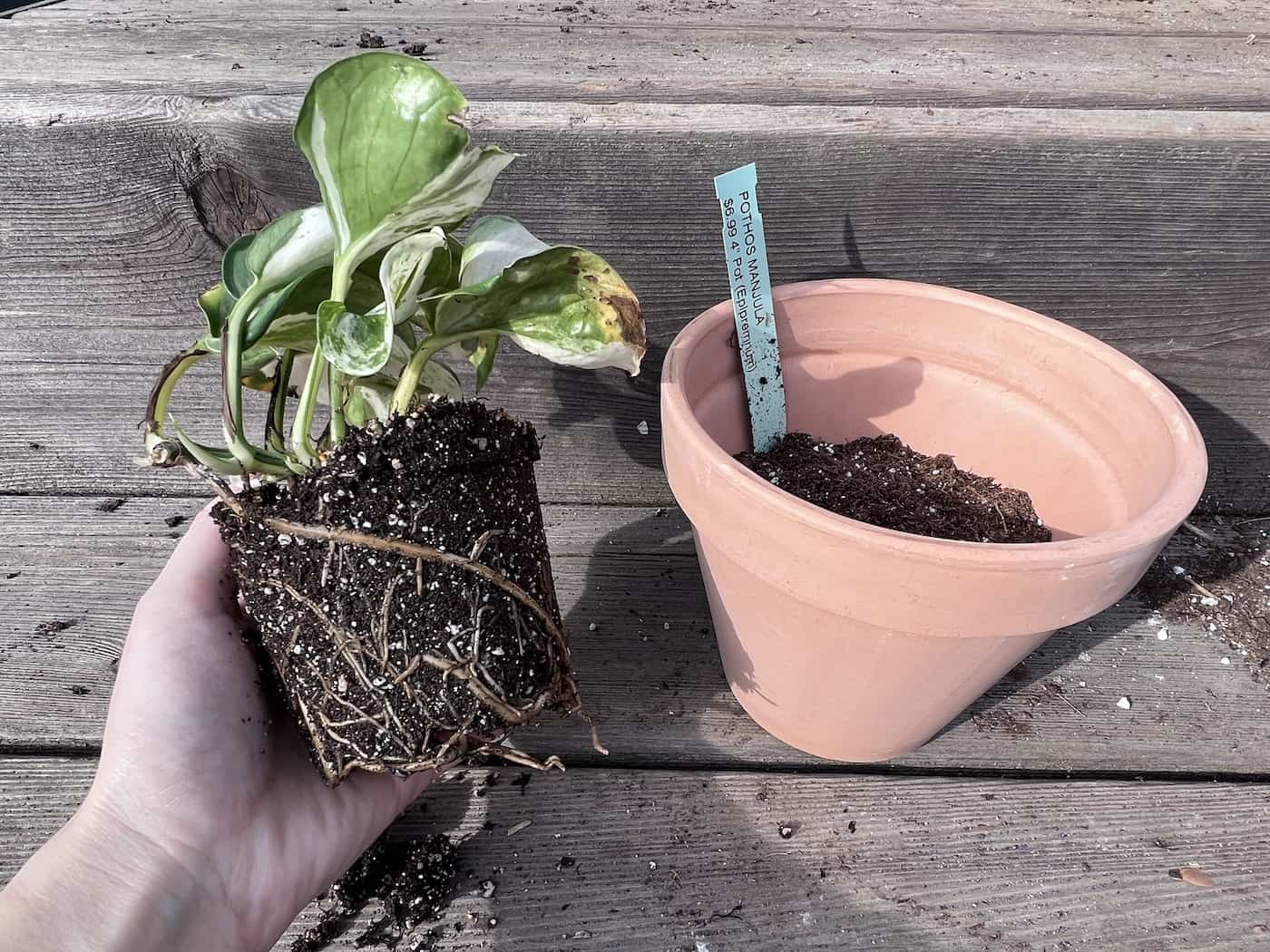
How to repot pothos
Pothos plants grow incredibly quickly in the right conditions. As the vines continue to grow and produce new leaves, the root system will expand to accommodate them. Eventually, the roots will run out of space, growing upwards to the top layer of soil or out through the drainage holes at the bottom. This, along with stunted growth or diminished leaves, indicates it is time to repot.
If your pothos needs repotting, follow these steps to ensure they are happy in their new homes:
- Choose a new container one to two sizes up. It should have drainage holes in the bottom to promote airflow and prevent root rot.
- Fill the bottom of the container with soil mix. Pothos plants need a specialized houseplant mix amended with drainage materials like perlite to provide the right conditions. Avoid using garden soil which can become compacted and carry pests and diseases indoors.
- Remove your pothos from its existing container. Gently tease the roots to untangle them. If you want to control growth, you can trim the roots slightly.
- Replant into the new container, filling in the gaps with additional soil mix. Press down around the base to anchor the plant in place.
- Water immediately after planting. This encourages the roots to grow outwards into the new soil and limits problems with transplant shock.
Here is a detailed article all about repotting pothos.
How to propagate pothos
One of the great benefits of growing pothos is that they are incredibly easy to propagate. Trimming a few cuttings every couple of weeks will fill your home with pothos plants in no time. It’s also a great way to replicate unique cultivars that you love but don’t want to break your budget on.
Start by choosing a healthy vine with at least 5 inches you can trim off. It should be free of any disease or damage, with large leaves close together. Trim with sharp and clean shears just below a node (the point where the leaves emerge).
Remove the leaves from the bottom half of the cutting and place in a glass of water. Ensure the bottom half of the cutting is submerged and the leaves at the top are dry. Keep the glass in a warm spot away from direct light and change the water around once per week.
When the root growth is around one to two inches long, grab a few cuttings together and plant into a pot with houseplant potting mix. Once established, you’ll have a brand new pothos without spending an extra cent.
What is the best way to display pothos?
These versatile plants are easy to display in a number of ways, making it easy to fill your home with jungle-like vines.
My favorite technique is training the vines up a trellis or along the wall to fill vertical space with greenery. Either place a trellis near the pot or use wall clips to train the vines. Cascading pothos vines also look wonderful in hanging baskets.
Alternatively, keep them in their container and place them on a shelf to allow the vines to hang for a rustic indoor jungle look. No matter which way you display them, these beauties are sure to become one of your favorite houseplants.


